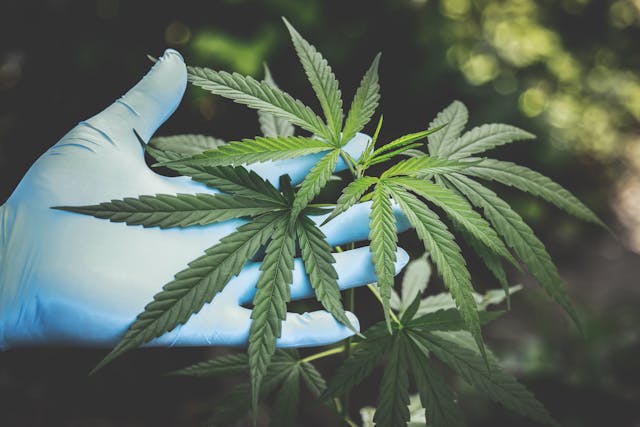The booming CBD market is full of opportunity, but it’s also crowded with products of widely varying quality. For businesses and consumers alike, the key to long-term success lies in identifying brands that set the bar with transparency, reliable sourcing, and safe manufacturing practices. To simplify the process, here’s a practical checklist that can be used to evaluate whether a CBD product truly meets the “Wellness Standard.”
CBD vape and other delivery methods require extra scrutiny
While CBD oils, tinctures, and gummies are popular, CBD vape products have attracted special attention because of the devices used to deliver them. Poorly manufactured cartridges, untested liquids, or inconsistent dosages can create risks. Businesses sourcing CBD vapes should look for clear device certifications, third-party lab testing, and ingredient lists that exclude harmful additives such as vitamin E acetate. Ensuring device reliability and proper heating mechanisms is just as important as the CBD itself.
Checklist for Spotting a High-Quality CBD
1. Lab Reports and Certificates of Analysis (COAs)
- Confirm that every batch comes with a recent, third-party lab report.
- Review cannabinoid profiles to make sure the CBD content matches what is advertised.
- Check for contaminants: pesticides, heavy metals, residual solvents, and microbial organisms should all be absent or within safe limits.
- Ensure QR codes or batch numbers are available so customers can easily verify reports.
2. Ingredient Transparency
- Look for short, recognizable ingredient lists. A reputable CBD product should use natural flavorings or carrier oils like MCT or hemp seed oil.
- Avoid artificial colorants, corn syrup, or fillers that dilute the benefits of CBD.
- For edibles, verify that sweeteners and flavorings are food-grade and safe for regular consumption.
3. Device Quality and Reliability (for Vapes)
- Devices should come from manufacturers who comply with safety standards such as ISO or GMP certification.
- Cartridges should use high-grade materials such as ceramic coils and glass rather than plastics that can leach under heat.
- Battery safety matters: look for overcharge protection and temperature control to prevent combustion.
4. Sourcing and Farming Practices
- Hemp should be grown using organic methods, free of chemical herbicides and pesticides.
- U.S. and EU farms often follow stricter regulatory guidelines; sourcing from these regions adds assurance of quality.
- Check whether the brand engages in sustainable farming and supports local growers, as this reflects long-term reliability and ethical business practices.
5. Extraction Method
- CO₂ extraction is considered the gold standard, as it preserves cannabinoids without leaving harmful residues.
- Ethanol extraction can also be safe if performed correctly, but avoid brands that do not disclose their extraction process.
- Clear disclosure of extraction ensures the final product is both potent and clean.
6. Brand Reputation and Customer Education
- High-quality CBD brands provide educational resources, dosage guidance, and responsive customer service.
- Look for companies with a history of positive reviews, professional certifications, or membership in trade associations.
- Transparency builds trust—brands that hide behind vague marketing claims are often cutting corners.
Final Thoughts
Spotting high-quality CBD is not just about reading the label; it’s about following a disciplined checklist that considers lab reports, ingredients, device safety, sourcing, and extraction. Businesses that hold themselves to this Wellness Standard will not only gain customer trust but also ensure long-term stability in an industry poised for continued growth.



